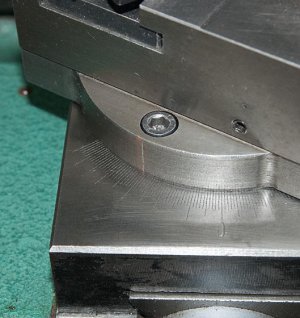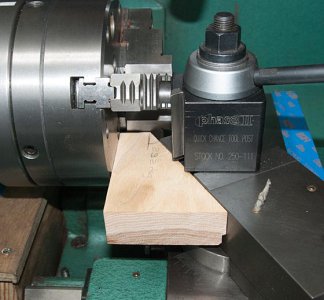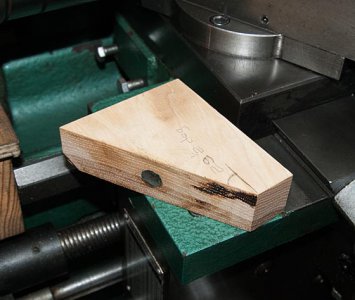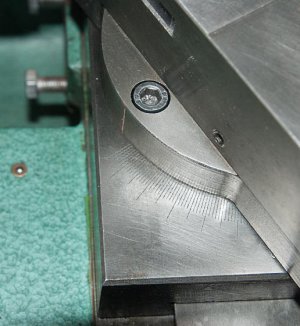When I was learning machine shop, I was taught, in part, by a bunch of guys that were making chips as early as just before the turn of the century. In their day, the material of choice was hot rolled steel and it WAS STRINGY. The technique was developed to grind the threading tool such that it cut on the leading edge only and sent the chip out of and away from the generated thread.... hence the use of the compound rest and the sainted and inviolable 29.5° setting. They were highly amused that the technique was applied to everything, rather than the task that it was specifically adapted to serve... They simply never used the compound to thread anything that would generate a non-destructive chip. (And, today, neither do I.)
When carbide tools came into wide acceptance, we found that the tips of those tools would fail using the compound rest. The carbide was simply not ground to accept a side load. So, abandoning the notion of the sanctity of the compound rest, threading was accomplished using the crossfeed, only, and the problem went away.
I realize that my position is anathema on this matter, but I was taught as much WHY as HOW and it has served me well. I believe that threading using the compound is so sacred, today, simply because it got a LOT more "press coverage."
My 2¢




